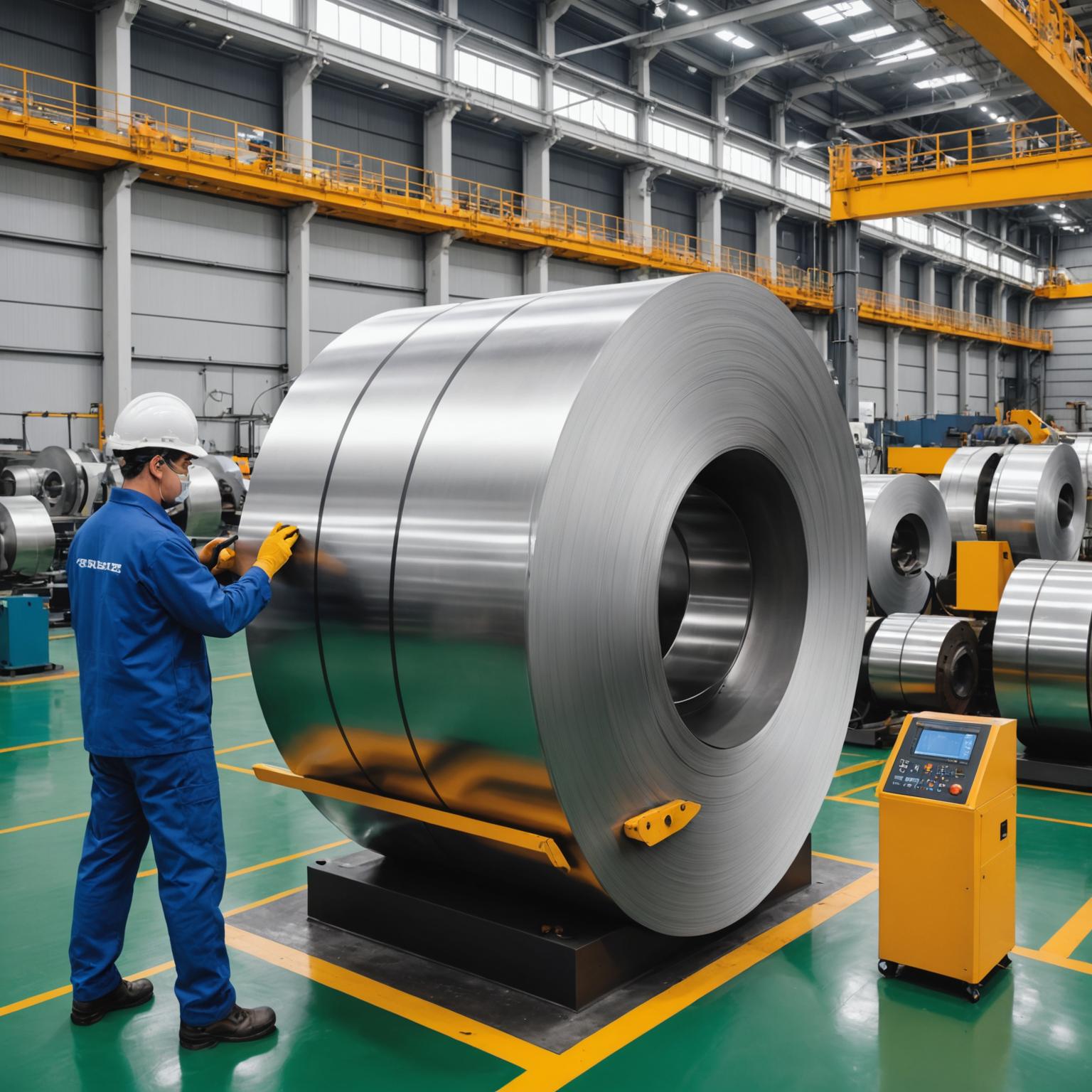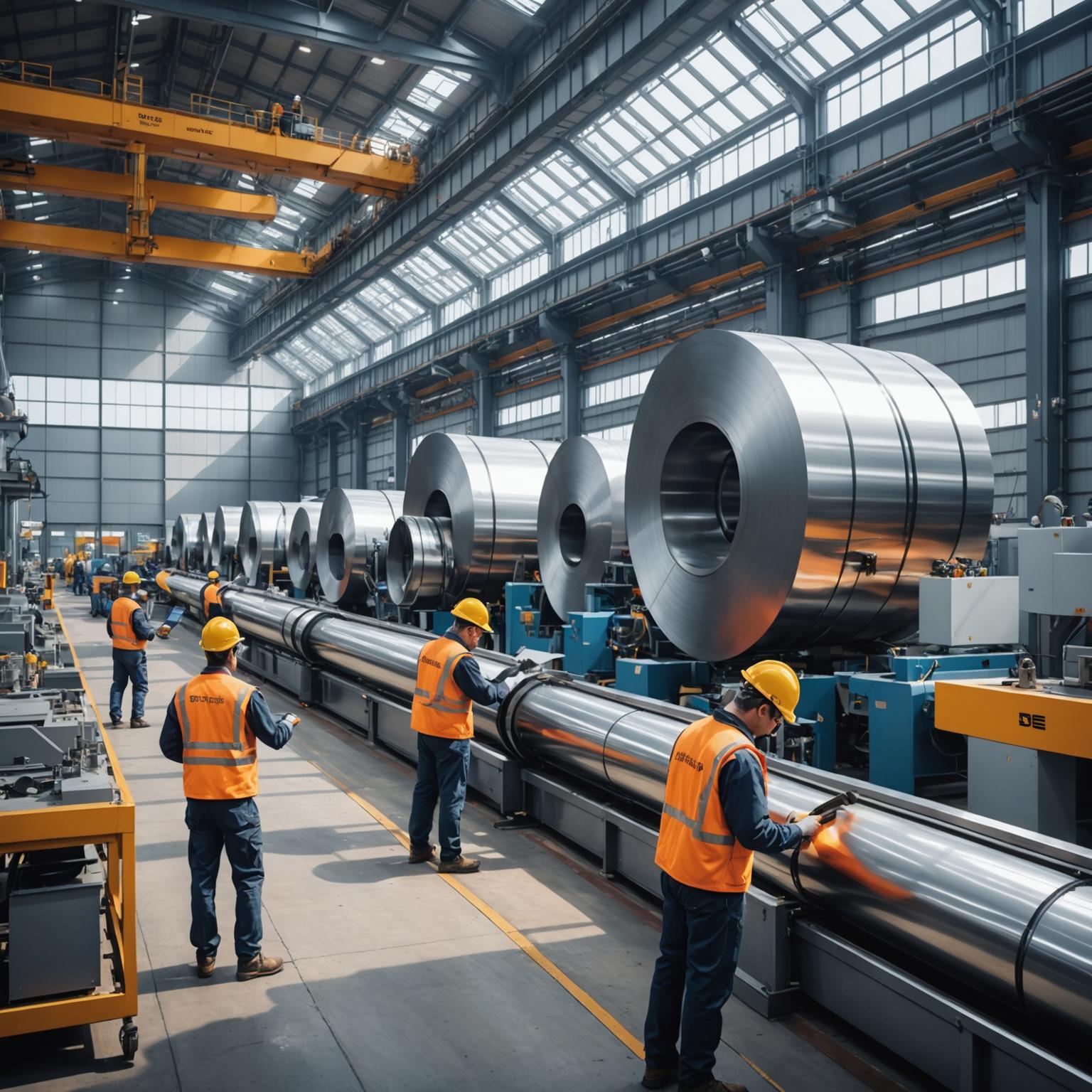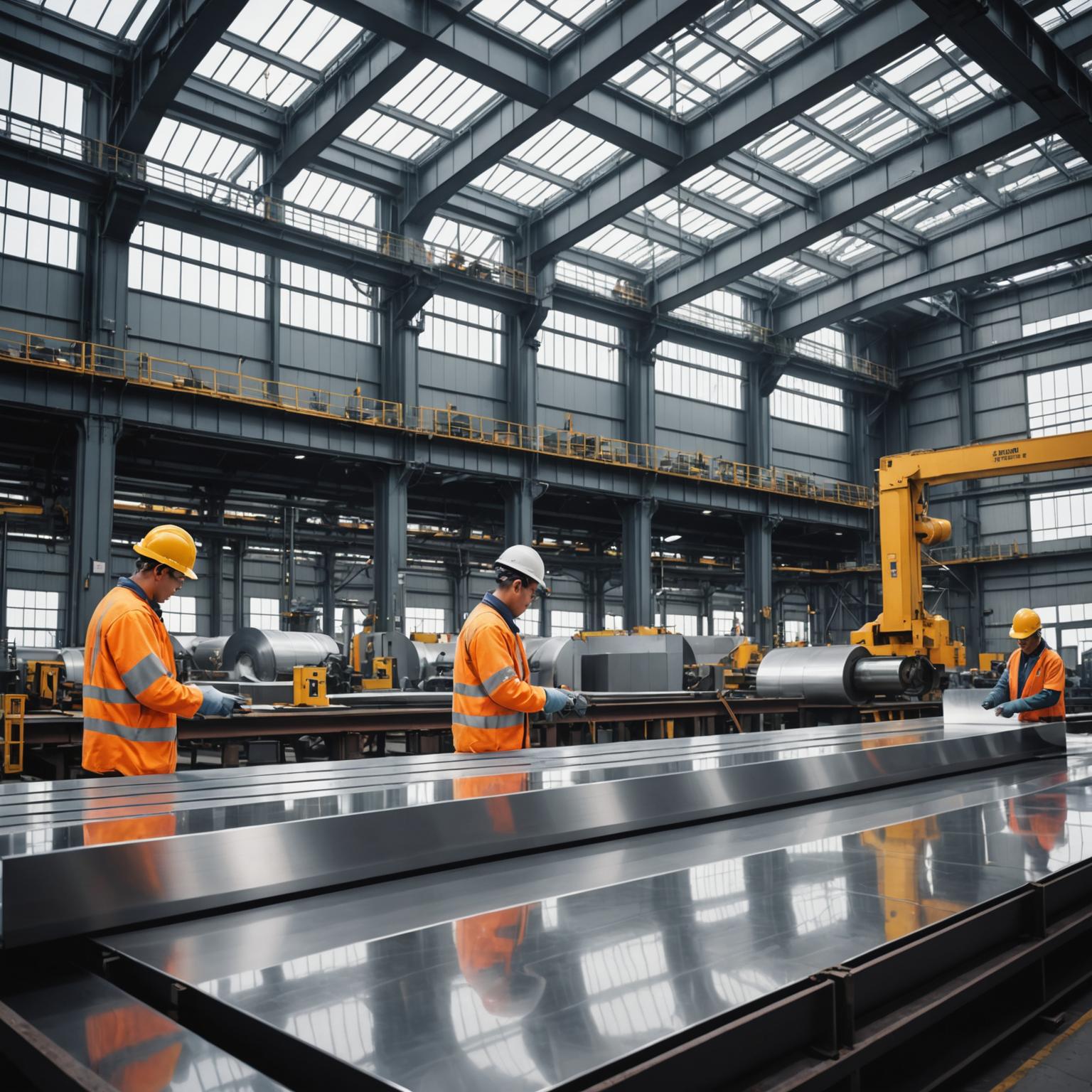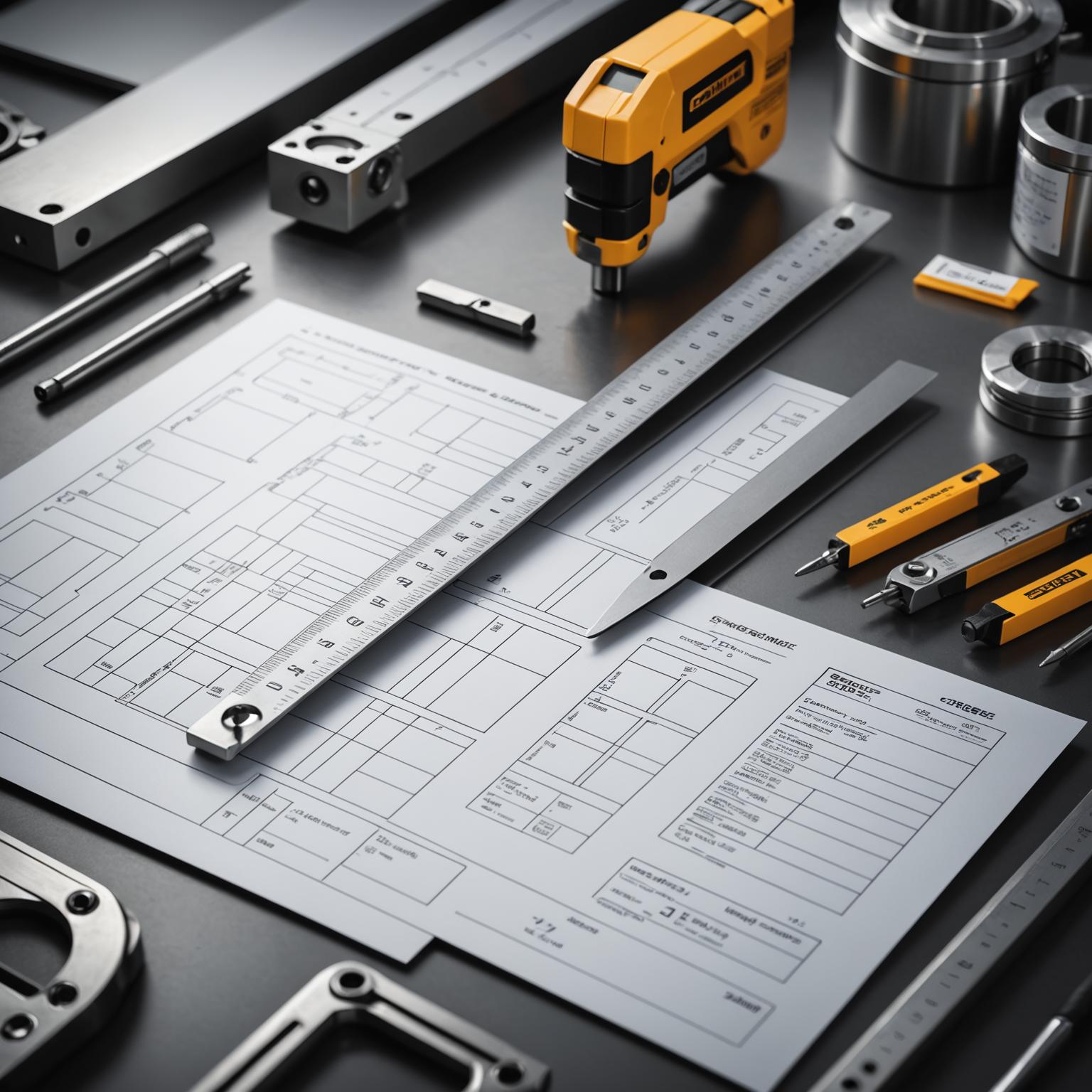As industries worldwide evolve and pivot towards greater efficiency, sustainability, and technological integration, the materials that form the backbone of these sectors come under intense scrutiny. Among the most crucial of these is stainless steel, a versatile and durable alloy that remains indispensable. Looking ahead, a comprehensive Market Analysis of the 2025 Stainless Steel sheet landscape reveals a sector poised for significant transformation, driven by a confluence of economic, environmental, and technological trends.
The Current Market and the Road to 2025
The global stainless steel market is currently navigating a period of post-pandemic recalibration. Supply chains have been tested, and demand patterns have shifted. However, the fundamental strengths of stainless steel—its corrosion resistance, strength, hygienic properties, and recyclability—have ensured its continued relevance. As we move towards 2025, the market is stabilizing from recent volatilities in raw material prices, particularly nickel and chromium. This stabilization sets the stage for a new phase of growth, heavily influenced by innovation in manufacturing and a renewed focus on long-term industrial strategy. This forward-looking Market Analysis is essential for stakeholders to anticipate shifts and capitalize on emerging opportunities in the dynamic metals sector.
Key Drivers Shaping the 2025 Stainless Steel Sheet Market
Several powerful trends are converging to define the demand for stainless steel sheets in 2025. First and foremost is the global push for sustainability. Stainless steel is inherently a green material, being 100% recyclable without any degradation of its properties. In 2025, we will see an accelerated demand for products made with high-recycled content and produced using low-carbon energy sources. This trend will favor manufacturers who invest in green steel production technologies. This sustainability drive extends to its applications, with stainless steel being a critical component in renewable energy infrastructure, such as solar panel mounting systems, wind turbine components, and geothermal energy equipment, all of which are projected for massive expansion.
Technological advancement is another primary catalyst. Innovations in precision engineering and finishing techniques are creating new possibilities for the 2025 Stainless Steel sheet. Advanced processing, like the coil processing and precision cutting seen in modern facilities, allows for the creation of sheets with unparalleled flatness, consistency, and specific surface finishes—from brushed to mirrored. These high-spec sheets are increasingly demanded in high-tech industries, including electronics, aerospace, and medical devices. Furthermore, the rise of the electric vehicle (EV) industry presents a significant growth avenue. Stainless steel sheets are used for various components in EVs, including battery enclosures and structural parts, where strength-to-weight ratio and corrosion resistance are paramount.
A Deep Dive into Industry and Architectural Trends
The construction and architecture sector will remain a dominant consumer of stainless steel sheets. The aesthetic appeal of stainless steel—its sleek, modern, and clean look—aligns perfectly with contemporary architectural trends favoring minimalist and industrial designs. Beyond aesthetics, its durability and low maintenance requirements make it a practical choice for exterior cladding, roofing, and structural elements in landmark buildings. In 2025, we expect to see more innovative uses in interior design as well, from high-end appliances to feature walls and bespoke furniture, reflecting a desire for materials that offer both beauty and longevity.
The food and beverage and pharmaceutical industries will also continue to drive significant demand. The hygienic properties of stainless steel are non-negotiable in these sectors. Its non-porous surface is easy to clean and sanitize, preventing bacterial growth and ensuring product safety. As global health and safety standards become even more stringent, the demand for high-grade stainless steel workstations, processing vats, and conveyance systems will only increase. This steady demand provides a solid foundation for the market as a whole, insulating it from some of the volatility seen in other sectors.
Regional Outlook and Potential Headwinds
From a regional perspective, the Market Analysis for 2025 shows continued dominance by the Asia-Pacific region, led by China and India. Massive infrastructure projects, rapid urbanization, and a robust manufacturing base will fuel consumption. However, North America and Europe will be key markets for high-value and specialty stainless steel sheets. In North America, government initiatives to renew infrastructure and encourage domestic manufacturing (reshoring) will boost demand. In Europe, the focus will be squarely on green steel and circular economy principles, with stringent environmental regulations pushing the industry towards more sustainable practices. These mature markets will prioritize quality and innovation over sheer volume.
Despite the positive outlook, the market for the 2025 Stainless Steel sheet is not without its challenges. The volatility of raw material prices will remain a concern, requiring sophisticated hedging and procurement strategies. Geopolitical tensions can disrupt supply chains and create trade uncertainties. Furthermore, competition from alternative materials, such as advanced aluminum alloys and carbon fiber composites, will continue to challenge stainless steel in certain applications, particularly where weight is the single most critical factor. Successful producers will be those who innovate, enhance their material properties, and effectively communicate the long-term value proposition of stainless steel.
Conclusion: A Bright and Polished Future
In summary, the trajectory for the 2025 stainless steel sheet market is one of sophisticated growth and evolution. The demand will be shaped not just by traditional sectors but increasingly by the burgeoning green economy, high-tech manufacturing, and modern design philosophies. The key to navigating this future lies in embracing sustainability, investing in technological innovation, and understanding the nuanced demands of different industries and regions. For businesses prepared to adapt, the future of stainless steel is as bright and resilient as the material itself, promising enduring value in a rapidly changing world.








